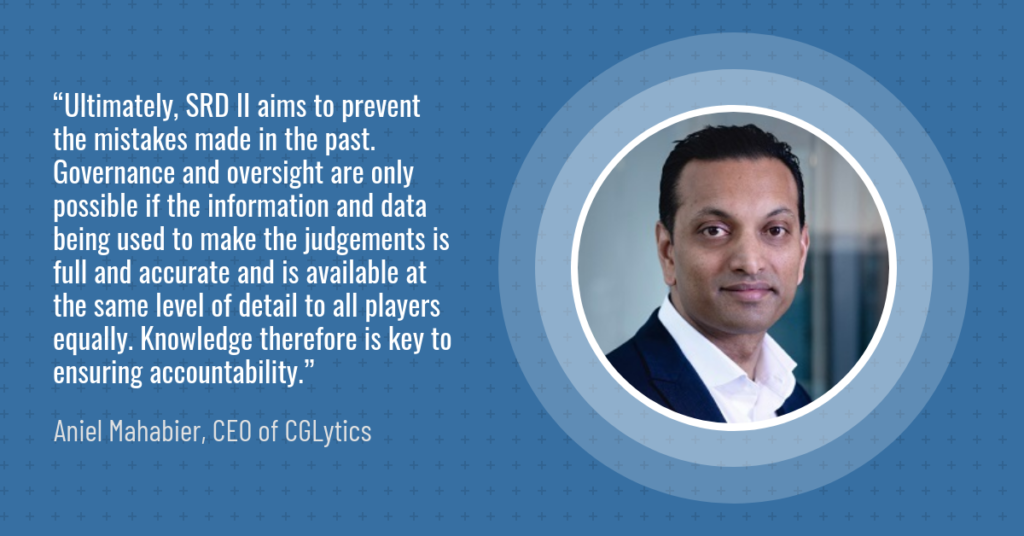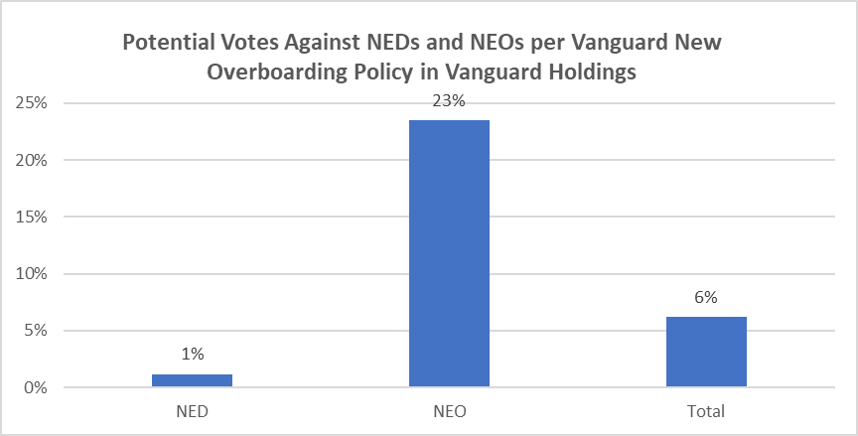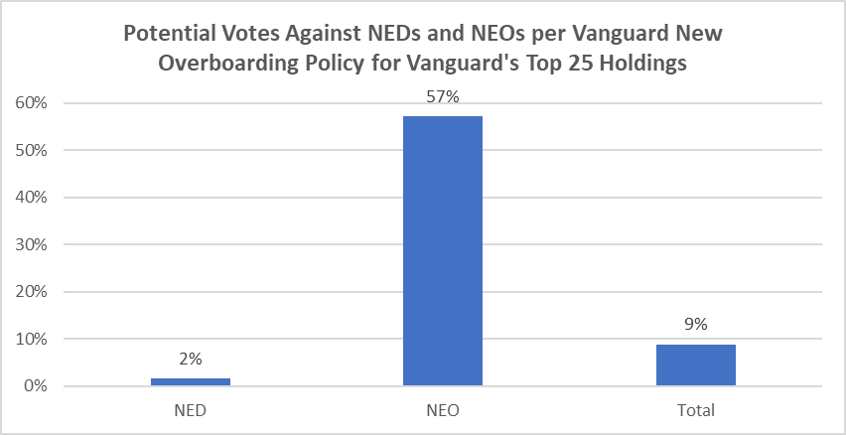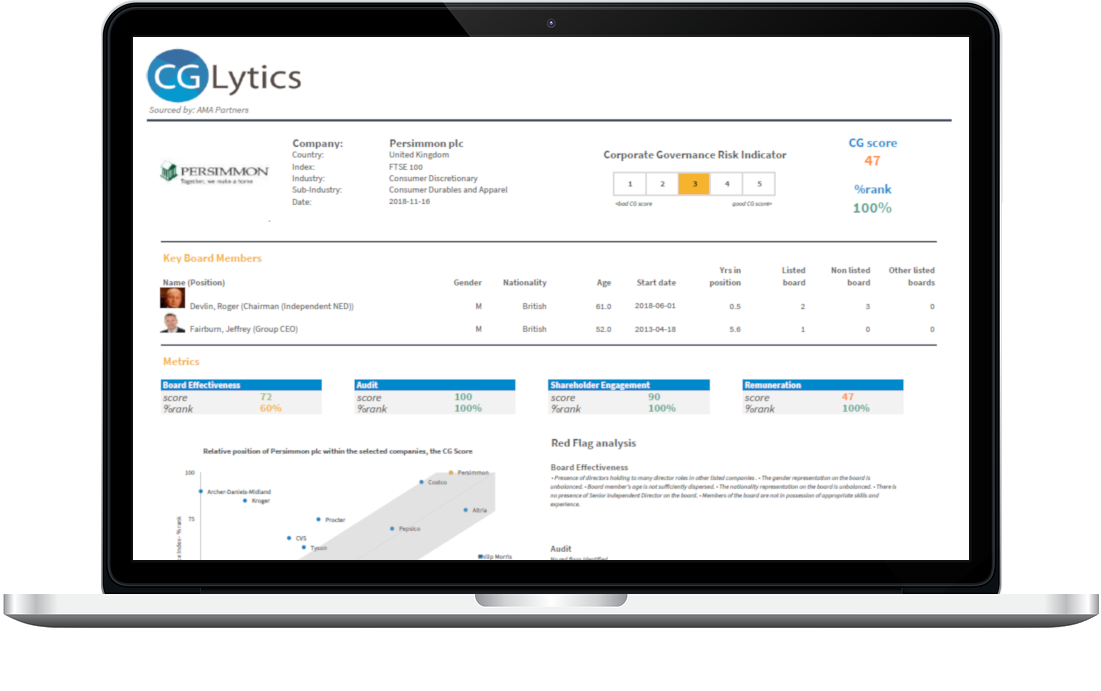How the SEC’s new proxy voting rules will impact executive compensation
In July of 2020, the Securities and Exchange Commission (SEC), under pressure from public companies (Issuers) and their lobbyists voted to tighten regulations affecting proxy advisory firms, like Institutional Shareholder Services (ISS) and Glass Lewis & Co., who provide proxy research services and voting recommendations to investor groups large and small. The new proxy voting rule changes were justified based on allegations, mostly made by corporate managers, that proxy advisor recommendations are error prone, rife with conflicts of interests and that proxy advisors wield outsized influence over the shareholder voting process. In response, Advisors claim that the allegations are not only false, but that they represent an effort on the part of Issuers to reign in what is seen as troublesome shareholder activism. That is attempts by shareholders to insert environmental, social and governance initiatives into the corporate voting agenda. The new regulations came as amendments to section 14a of the 1934 Securities Exchange Act and are the latest development in a long running controversy over the role of Proxy Advisors and the future of corporate accountability.
The New SEC Proxy Voting Rules
The SEC has stated that the new regulations are needed in order to “ensure that clients of proxy voting advice businesses receive more transparent, accurate and complete information on which to make voting decisions”. Although the new changes to the law appear to be providing public companies with a greater means of challenging the advice of Proxy Advisors. Highlights include:
Redefinition of “Solicitation”
Rule 14a-1(l) has been amended to expand the definition of solicitation specifically to include proxy advice. Solicitation, usually taken to mean an act of enticement or inducement, is now defined as any communication to shareholders “… reasonably calculated to result in the procurement, withholding or revocation of a proxy”.
Changes to Filing Exemptions
Rules 14a-2(b)(1) and 14a-2(b)(3) have been altered to place new requirements on solicitor exemptions. To avoid the information and filing requirements the SEC places on solicitors, Proxy Advisors have historically relied on two exemption provisions. To be eligible for those exemptions they must now meet new disclosure and policy requirements:
- Proxy Advisors must provide specified conflicts of interest disclosure in their recommendations to shareholders. And …
- They must adopt policies and procedures to ensure that voting recommendations are made available to Issuers at the same time that they are provided to shareholders, at no cost. They must also …
- Provide shareholders with a means to be made aware of any written statements from Issuers regarding the recommendations of Proxy Advisors.
Anti-Fraud Provisions
Rule 14a-9 has been modified to include examples of compliance failure. Should Proxy Advisors fail to disclose certain material information, e.g. business methodology, information sources and conflicts of interest, their recommendation may be considered misleading under the Rule.
The new regulations are effective 60 days after publication in the Federal Register. However, the new disclosure requirements will not be in effect until December 1, 2021, making the 2022 Proxy season the first regulated under these laws.
Implications of New Proxy Voting Rules
The new SEC proxy voting rules have implications for all parties involved.
Implications for Issuers
The new SEC rules certainly offer public companies a greater opportunity to dispute the recommendations of proxy advisors. However, the ultimate impact on the accuracy of proxy advisor reports and the overall effect on shareholder behavior is likely to be negligible. Whereas shareholders will ostensibly become “better informed” by being provided greater access to counter arguments, they are not in any way guaranteed to a heed this information or to take additional time to deliberate. Not to mention they may very often simply disagree with management’s position. Such is the nature of the franchise. For Issuers, the opportunity to have a better window into proxy advisor methodology will be instructive and perhaps lead to more effective shareholder relations. In the end however, the realities of the investment business and evolving sensibilities on governance will guide voting behavior. That said, significant concessions have been won and public companies can count the July decision as a victory.
Implications for Proxy Advisors
The new policy requirements on solicitor exemptions, specifically to include Issuer messaging into proxy reports will likely increase the strain on publication timelines and voting operations. Thus, it may not be unreasonable to expect complications during the 2022 proxy season as the industry adjusts to the new rules. However, the full implications for proxy advisors remain to be seen and will probably only become fully understood after the implementation.
Implications for Shareholders
The SEC’s July decision, because of the disruptions it will create by placing added requirements on proxy advisors, could potentially add costs and delays to the proxy voting process. Should Institutional Investors wish to avoid any added expenses or complications it is unlikely proxy research will move to an in-house model. This is due to the very large diversification of Institutional portfolios, which are prohibitively expensive to research to the level needed and in the timeframe required. This is partly the reason why Institutional Investors outsource this work to proxy advisory firms that can take advantage of economies of scale. Without a proxy advisor Investor groups will either abstain from voting entirely or vote in accordance with management’s recommendations, known as the Wall Street Rule—as was the case before the rise of the proxy advisor business. The overall impact on shareholders is that voting has become more costly and more difficult. And it may be worth considering whether this effect is the intention? As well as what this means from a governance standpoint?
Summary of New Proxy Voting Rules
The actions taken by the SEC to increase regulation of Proxy Advisors has come primarily at the prompting of corporate leadership and lobbyist firms such as the Business Roundtable (BRT) and the American Council for Capital Formation (ACCF) that have cited concerns over accuracy and excessive reliance. In an ACCF study that was cited in the Harvard Law School Forum on Corporate Governance, researchers found that “175 asset managers managing over $5.0 trillion in assets have historically voted consistently with ISS recommendations 95% of the time” illustrating that the biggest asset managers vote with proxy advisors 100% of the time, seeming to show evidence of over reliance. Another report cited in the same article found that numerous errors were reported by public companies.
[/vc_column_text]




















